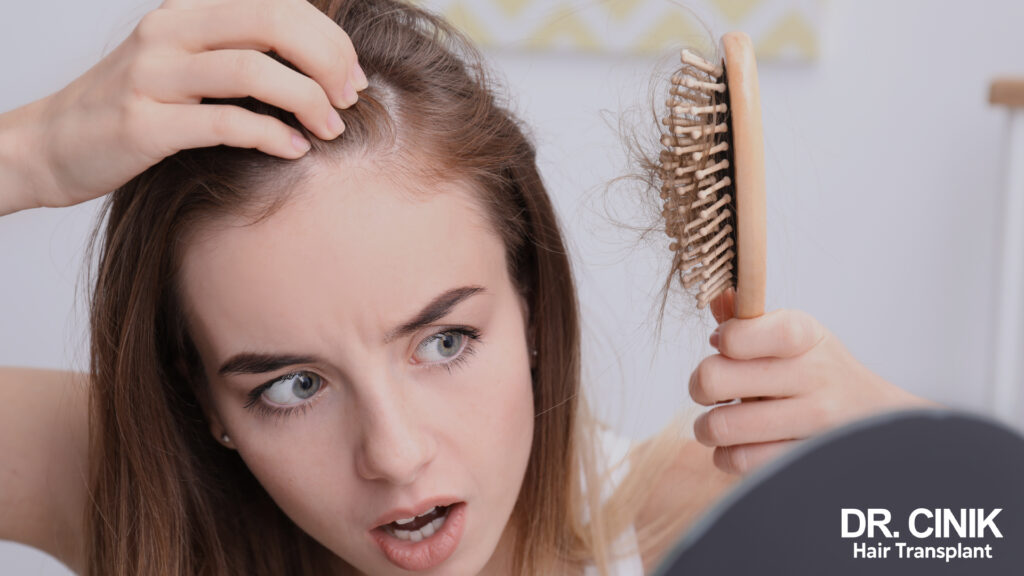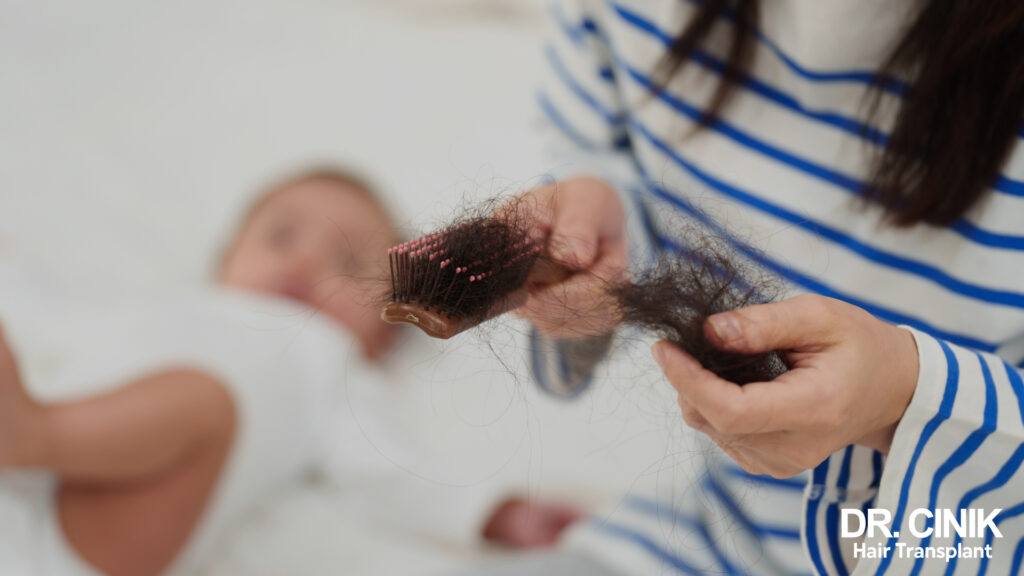How to sleep after a hair transplant: all the instructions to follow
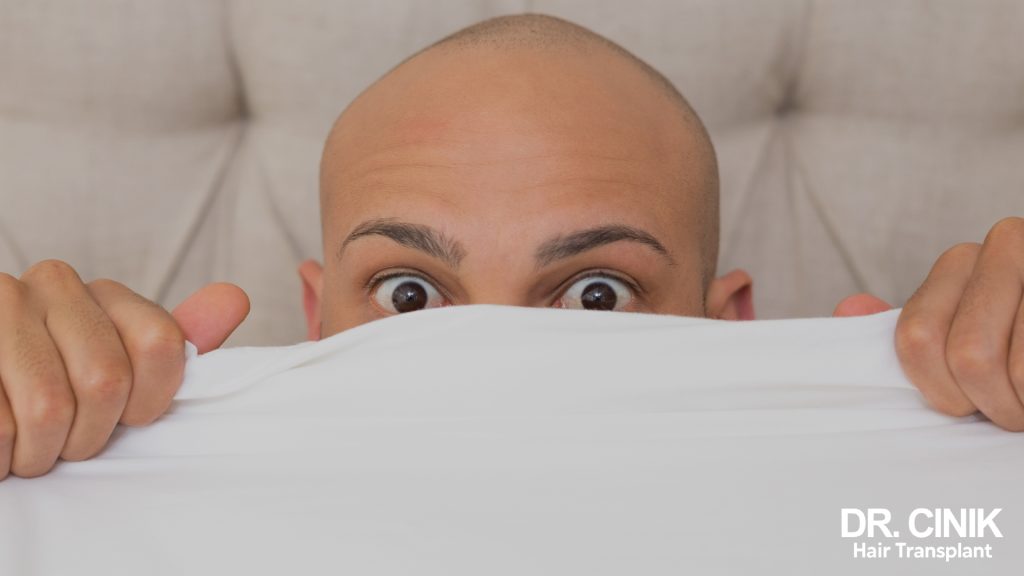
Summary
In the initial healing period after a hair transplant, the newly implanted hair follicle grafts in your scalp require time to anchor and integrate properly. However, these fresh grafts remain extremely fragile and vulnerable during this critical post-operation phase. Sleeping poses additional risks as lying down exposes your scalp to more pressure, friction, and sudden movements that could disturb or damage the delicate grafts. This guide provides key recommendations on how to sleep comfortably and safely after your hair transplant procedure.
What Sleeping Position Should I Adopt After a Hair Transplant?
- Lie flat on your back with your head slightly elevated: You must lie flat on your back, with your body fully supported by pillows and cushions underneath you. Place a pillow under the nape of your neck to keep your head elevated at around 45 degrees. Your head and shoulders should form one straight line.
- Use a full-body pregnancy pillow or U-shaped travel pillow to prevent you from rolling over onto your side during sleep. If you feel yourself shifting position, immediately wake up and re-adjust onto your back with the support pillow under your neck.
- If unable to maintain the required back sleeping position, sleep in a reclining chair: Sleeping propped up in a reclining chair may make it easier to keep your body and head adequately supported throughout the night. The chair provides a more upright sleep position.
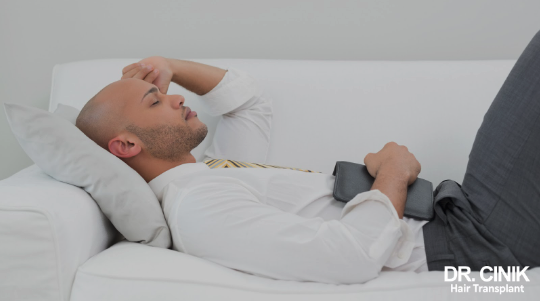
Why Is following these sleep guidelines after a hair transplant essential?
Maintaining the recommended back sleeping position described above is vital, and avoiding any positions that could put pressure on the scalp graft sites—resting the operated area of your head directly on a pillow risks damaging fragile hair follicle grafts. Specifically, prone (on the stomach) or side sleeping postures place the weight of your head onto the transplant area. Your delicate new grafts can then be crushed against the pillow’s surface. This significantly heightens the chances of developing issues like:
- Haematomas: Collections of blood under graft sites
- Infections: Which compromise graft survival
- Graft dislodgement: New follicles potentially being expelled from incisions
Compromised blood flow from pressure can also inhibit the graft healing process. Not adhering to proper post-operation sleep guidelines also substantially raises the risk of swelling and oedema. One supportive clinical study demonstrated that over 80% of patients who correctly slept on their backs did not suffer oedema complications. This confirms the necessity of following specialised positioning instructions in the initial healing period after your hair restoration procedure.
What other post-surgery sleep instructions should I follow?
Along with maintaining the proper sleeping positions discussed above, following additional care instructions can further help protect healing hair grafts:
- Sleep in a clean environment: Use fresh, clean bed sheets nightly during recovery. Also, wash your scalp according to your surgeon’s directions before bed using provided shampoos.
- Avoid scratching: Scalp itching may occur, but never scratch, as this can displace healing grafts. Before bed, apply prescribed saline sprays or anti-itch creams. Antihistamines can also prevent itching. Cold compresses or pain medication may additionally help if it is severe.
- Wait 2 weeks for sex: Sudden movements or friction from sex could potentially impact graft healing and retention in the first 2 weeks.
- Don’t take sleep medications: Sleep aids can sometimes cause sleepwalking, which involves a risk of abrupt movement.
- Stay hydrated: Drink plenty of water to help heal and minimise discomfort.
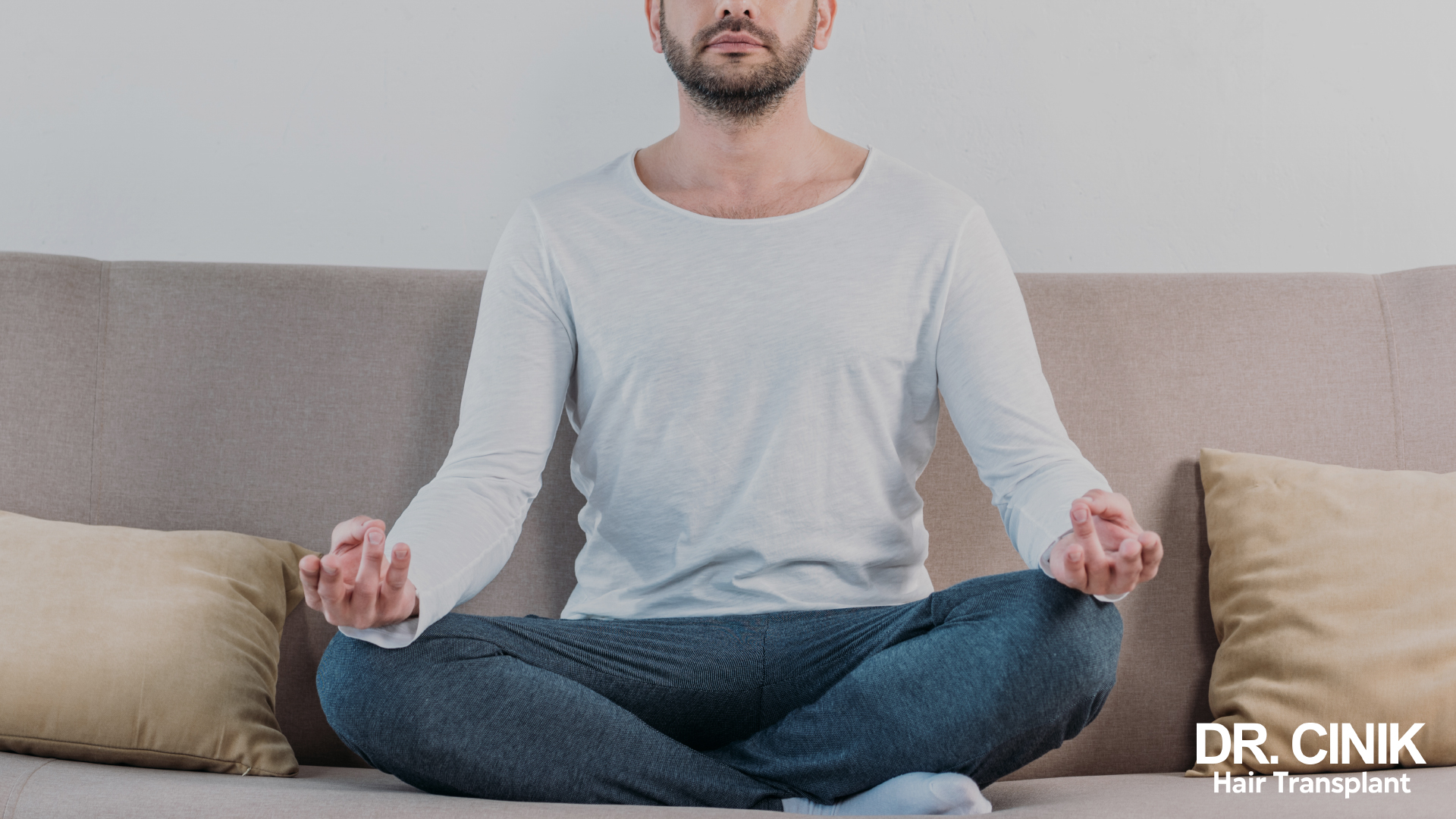
Importance of sleep hygiene after hair transplantation
Studies show that quality sleep significantly assists the body’s healing abilities following medical procedures. Therefore, proper sleep hygiene is highly recommended after hair restoration surgery to optimise graft recovery.
Tips for promoting restful, uninterrupted sleep include:
- Stick to consistent bedtimes and wake-up schedules daily, even through weekends.
- Before bedtime, avoid overstimulating screens or activities. Engage in calmer, relaxed wind-down routines.
- If unable to fall asleep after 20+ minutes in bed, get up temporarily and partake in quiet activity in low lighting until feeling sleepy again.
- Writing thoughts down on paper through journaling can settle a racing mind before sleep.
Following healthy sleep habits helps ensure you obtain ample deep, restorative sleep essential for your body’s graft healing response.
When can I resume normal sleeping positions after a hair transplant?
You may return to sleeping on your side 10 days after receiving your hair transplant procedure. Patients are advised to wait 15 days after the surgery before going back to sleeping on their stomachs. The initial 10-15 day window allows protective scabs to form over graft sites during the early healing phases.

Additional important post-hair transplant procedure instructions
Along with specialised sleep recommendations, follow other post-op guidelines to nurture graft and wound healing:
- Care for your scalp as directed by your surgeon. Use only provided shampoos and treatments. Follow instructions for washing frequency.
- Refrain from strenuous activities that stress the scalp. Avoid bending over or heavy lifting.
- Protect the scalp from sun exposure under a wide-brimmed hat.
- Avoid drinking alcohol or smoking, as these can impede proper healing.
- Eat a nutrient-rich diet high in vitamins and minerals to optimise the healing process.
- Stay hydrated by drinking plenty of water daily.

